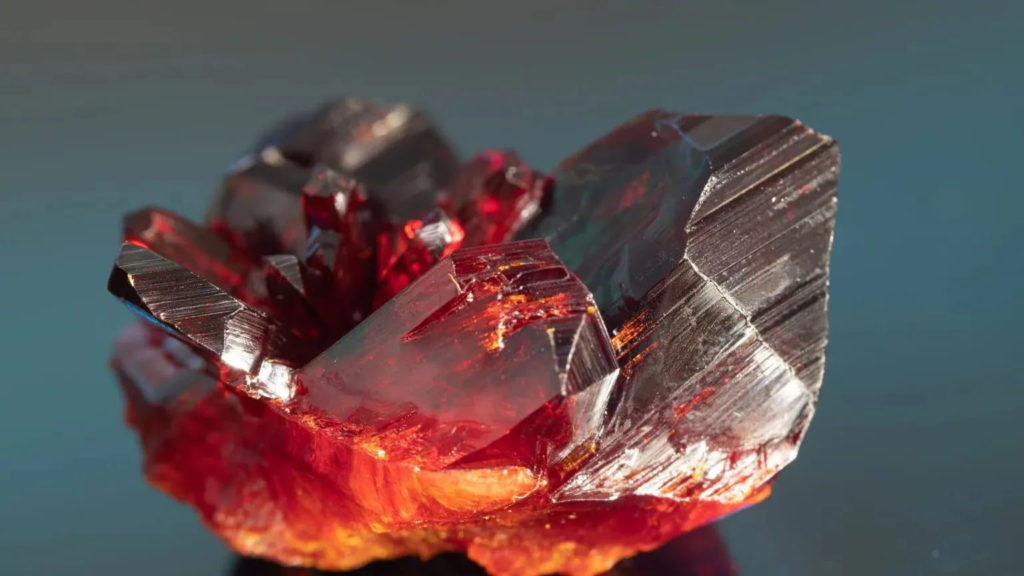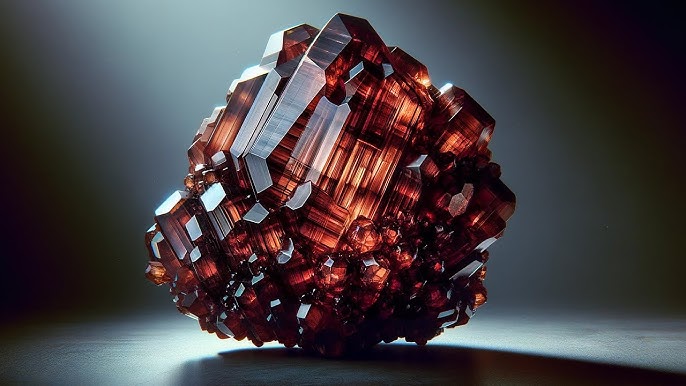Precious stones have been admired for centuries, not just for their beauty but also for their value and symbolism. Diamonds, rubies, emeralds, and sapphires are among the most sought-after gemstones. However, with the rise of synthetic and imitation stones in the market, many buyers face the challenge of distinguishing authentic gems from fakes. Knowing how to identify genuine stones can save you from costly mistakes and help you make confident purchases.
Why Identifying Authentic Precious Stones Matters
Buying precious stones is often an emotional and financial investment. Whether you are choosing a diamond engagement ring or adding a rare emerald to your collection, the authenticity of the stone determines its value, durability, and meaning. Unfortunately, counterfeit stones are becoming increasingly convincing, making it important for buyers to be informed.
Key Differences Between Natural, Synthetic, and Imitation Stones

Natural Stones
Natural gemstones are formed deep within the Earth through natural geological processes. Each stone is unique, often containing tiny inclusions that serve as a fingerprint of authenticity.
Synthetic Stones
Synthetic stones are grown in laboratories under controlled conditions that mimic nature. While they have the same chemical and physical properties as natural stones, they lack rarity, which significantly reduces their value.
Imitation Stones
Imitations are typically made from glass, plastic, or cheaper materials designed to look like real gems. They may appear convincing at first glance but usually lack the brilliance, hardness, and structure of genuine stones.
Visual Inspection: The First Step in Spotting Fakes
One of the easiest ways to detect a fake stone is through careful visual inspection.
Check for Inclusions
Natural stones often have inclusions—tiny internal flaws that form during the crystal’s growth. While too many inclusions can reduce value, their presence is usually a sign of authenticity. On the other hand, perfectly clear stones without any inclusions may be synthetic.
Observe the Color
Genuine gemstones often display depth and subtle variations in color. Fake or imitation stones may appear unnaturally bright or uniformly colored, which can be a giveaway.
Look for Surface Wear
Because gemstones like diamonds, rubies, and sapphires are extremely hard, they are resistant to scratches. If you notice significant surface wear on a supposed precious stone, it may be a fake.
Simple Tests You Can Try at Home
While professional gemologists use specialized equipment, there are a few safe at-home tests you can perform to get an idea of authenticity.
The Fog Test for Diamonds
Breathe gently on the surface of the diamond. If the stone clears up immediately, it is likely real. Fake diamonds often stay fogged for a few seconds because they don’t disperse heat as efficiently.
The Scratch Test (Caution Required)
Precious stones like diamonds are among the hardest materials on Earth. For example, a diamond should be able to scratch glass without damage. However, this test should be performed carefully to avoid damaging the stone or other surfaces.
Light Reflection Test
Hold the gemstone up to a light source. Real diamonds reflect light uniquely: they produce sharp flashes of white (brilliance) and colored light (fire). Fake stones often appear dull or overly rainbow-like.
Professional Tools and Laboratory Tests
If you want complete certainty, professional gemologists have tools and methods that can confirm a stone’s authenticity.
Magnification with a Loupe
A jeweller’s loupe allows you to examine the stone closely. A trained eye can identify natural inclusions, growth patterns, or bubbles (a common sign of glass imitations).
Refractive Index Testing
Every gemstone bends light at a specific angle, known as its refractive index. Gemologists use refractometers to measure this property and confirm authenticity.
UV Light Examination
Some stones, like diamonds, fluoresce under ultraviolet (UV) light. The reaction can help identify whether a gem is natural, synthetic, or treated.
Certification by Reputed Labs
Perhaps the most reliable method of ensuring authenticity is to purchase gemstones that come with certification from reputed labs such as GIA (Gemological Institute of America) or IGI (International Gemological Institute).
Common Tricks Used to Sell Fake Stones
Knowing how fake stones are marketed can also protect you as a buyer.
- Color Enhancements: Some sellers heat-treat or dye cheaper stones to mimic the appearance of rarer ones.
- Doublets and Triplets: These are layered stones, often with a thin slice of genuine gem glued to glass or other materials to look real.
- Glass Filling: Fractures in stones are sometimes filled with glass to improve clarity, but this reduces durability.
How to Protect Yourself When Buying Precious Stones
Taking a few precautions can save you from costly mistakes and ensure your investment is genuine.
Buy from Trusted Sources
Always purchase from reputable jewellers or dealers who provide transparent details and certificates of authenticity.
Ask for Documentation
Ensure that the gemstone comes with a grading report from a recognized gemological laboratory.
Get a Second Opinion
If you’re unsure, seek an independent appraisal before making a purchase.
Educate Yourself Continuously
The more you learn about gemstones, the harder it becomes for sellers of fake stones to deceive you.
Read Also : Astrology and Jewellery: Choosing Stones Based on Your Zodiac
Conclusion
Precious stones carry timeless beauty and value, but their authenticity is what makes them truly special. By understanding the differences between natural, synthetic, and imitation gems, performing basic tests, and seeking professional verification, you can confidently identify real stones. Always buy from trusted sources and demand certification to ensure your investment is both genuine and worthwhile.
Whether you’re a collector, investor, or someone looking for a meaningful piece of jewellery, learning how to spot authentic precious stones from fakes will empower you to make smarter, safer, and more satisfying choices.

